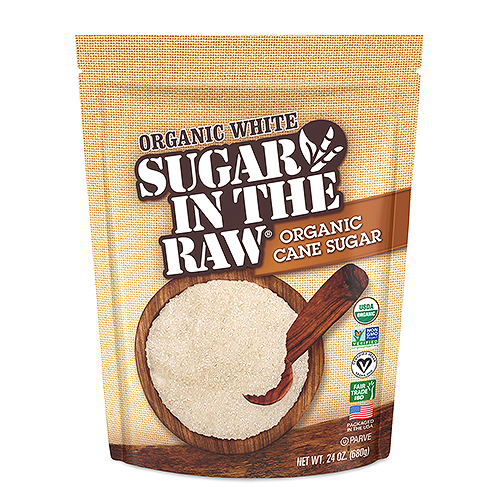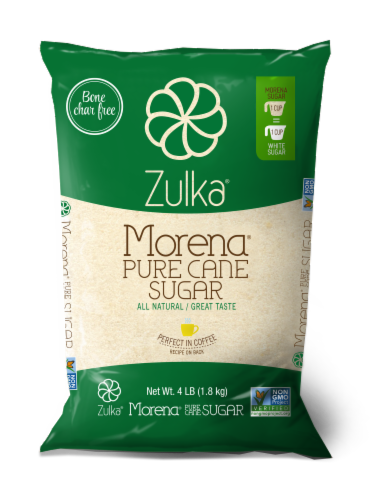Cane Sugar Processing: Standard Methods and Modern Innovations
Discovering the Comprehensive Tips Associated With Walking Stick Sugar Processing From Gathering to Refinement
The procedure of walking cane sugar production incorporates a collection of complex steps, beginning with the careful harvesting of sugarcane and finishing in the improvement stages that make sure the end product satisfies sector requirements. Each stage, from the extraction of juice to the filtration and formation processes, plays a vital function in identifying the quality and character of the sugar. Understanding these stages not just highlights the intricacy of sugar production however likewise elevates vital questions concerning effectiveness, sustainability, and advancement in the market. What ramifications do these variables have for future practices?
Gathering Sugarcane
Collecting sugarcane is a critical action in the walking cane sugar handling chain, as it straight affects the quality and yield of the end product. Appropriate timing and strategies are vital during this phase to ensure optimal sugar web content and reduce losses. Usually, sugarcane is gathered when it reaches maturity, generally 12 to 18 months after growing, identified by a high sucrose focus.

Post-harvest, the sugarcane should be processed quickly to avoid sucrose deterioration. Preferably, harvested walking cane ought to be moved to refining facilities within 24-hour to maintain sugar quality. Consequently, efficient logistical preparation is important to maintain the stability of the gathered plant throughout the supply chain.
Extraction Process

The smashed cane is subjected to a collection of pushing procedures to optimize juice recovery. Normally, hot water is splashed onto the smashed walking cane, creating a countercurrent flow that assists liquify the sugar while also helping in the removal process. The juice collected from this operation has not just sugar but also different organic compounds and impurities.

To boost extraction performance, some facilities might employ diffusion methods, where the sugarcane is saturated in warm water, permitting the soluble sugars to diffuse into the liquid. The resulting juice, rich in sucrose, is after that guided to subsequent handling stages, laying the structure for purification and refinement. The extraction process is hence crucial in figuring out the top quality and return of the last sugar item.
Purification Methods
The filtration strategies used in cane sugar handling are important for transforming the raw juice into a top notch sugar item. These approaches primarily aim to eliminate contaminations, such as soil, plant materials, more info here and inorganic compounds, which can detrimentally influence the end product's flavor and color.
This process includes including lime and heat to the raw juice, which promotes the coagulation of pollutants. Furthermore, the usage of phosphoric acid can enhance the information procedure by further binding contaminations.
One more substantial technique is carbonatation, where carbon dioxide is introduced to the cleared up juice. This response generates calcium carbonate, which captures staying pollutants and advertises their elimination.
Moreover, triggered carbon treatment may be used to adsorb any staying colorants and natural contaminations, making sure a much more polished item. The mix of these approaches properly prepares the sugar juice for subsequent action in the refining process, setting the stage for the production of premium cane sugar.
Crystallization Techniques
After the purification stage, the next critical step in walking cane sugar handling includes formation techniques, which play an essential function in changing the clarified juice into solid sugar. This procedure usually uses 2 primary techniques: spontaneous crystallization and controlled formation.
In spontaneous condensation, supersaturated sugar remedies are permitted to cool naturally, resulting in the development of sugar crystals gradually. This method is simpler however may cause irregular crystal dimensions and reduced pureness degrees. On the various other hand, managed formation is an extra accurate method where seeding, focus, and temperature agents are meticulously handled. This approach enables the consistent growth of sugar crystals and greater pureness.
During condensation, the cleared up juice is focused through evaporation, raising its sugar content up until it gets to supersaturation. Once this point is accomplished, either technique can facilitate the condensation process. Cane Sugar Processing. The resultant sugar crystals are after that separated from the staying syrup via centrifugation
Ultimately, the option of formation approach affects the quality, dimension, and purity of the final sugar item, making this step crucial in the overall cane sugar handling treatment.
Improvement and Product Packaging
Exactly how can the purity and top quality of cane sugar be additionally boosted after crystallization? The refinement process plays an look at this site essential function in achieving high-quality walking stick sugar.
Following, the sugar is subjected to a procedure called my blog centrifugation, where it is spun at high rates to divide the cleansed sugar crystals from the remaining fluid. After centrifugation, the sugar is frequently more fine-tuned via an approach called carbonization or phosphatation, which uses activated carbon or phosphoric acid to eliminate shade and off-flavors.
As soon as refined, the sugar is dried out to attain the preferred wetness material, guaranteeing that it remains secure throughout storage space and transport. The final step entails packaging the refined sugar in airtight and moisture-proof containers to maintain its quality and protect against contamination. Cane Sugar Processing. Proper packaging not only prolongs rack life yet also helps with simple handling and distribution, guaranteeing that customers receive sugar that meets the highest criteria of purity and quality
Final Thought
The thorough actions involved in cane sugar processing, from the precise harvesting of sugarcane to the elaborate refinement and product packaging phases, underscore the importance of each phase in guaranteeing premium sugar manufacturing. Ideal harvesting methods, reliable extraction methods, and strenuous purification procedures collectively add to the end product's pureness and stability. The crystallization and subsequent product packaging practices further improve the honesty and service life of the sugar, highlighting the complexity and precision integral in this crucial agricultural industry.
The process of walking stick sugar production includes a series of elaborate steps, beginning with the cautious harvesting of sugarcane and culminating in the improvement stages that ensure the last product meets sector standards. Preferably, collected walking cane needs to be transferred to processing centers within 24 hours to maintain sugar top quality.In spontaneous crystallization, supersaturated sugar options are permitted to cool down naturally, leading to the development of sugar crystals over time - Cane Sugar Processing. The refinement procedure plays a crucial duty in accomplishing top quality walking cane sugar.The comprehensive actions involved in walking cane sugar handling, from the precise harvesting of sugarcane to the elaborate improvement and product packaging stages, emphasize the value of each phase in guaranteeing high-grade sugar production